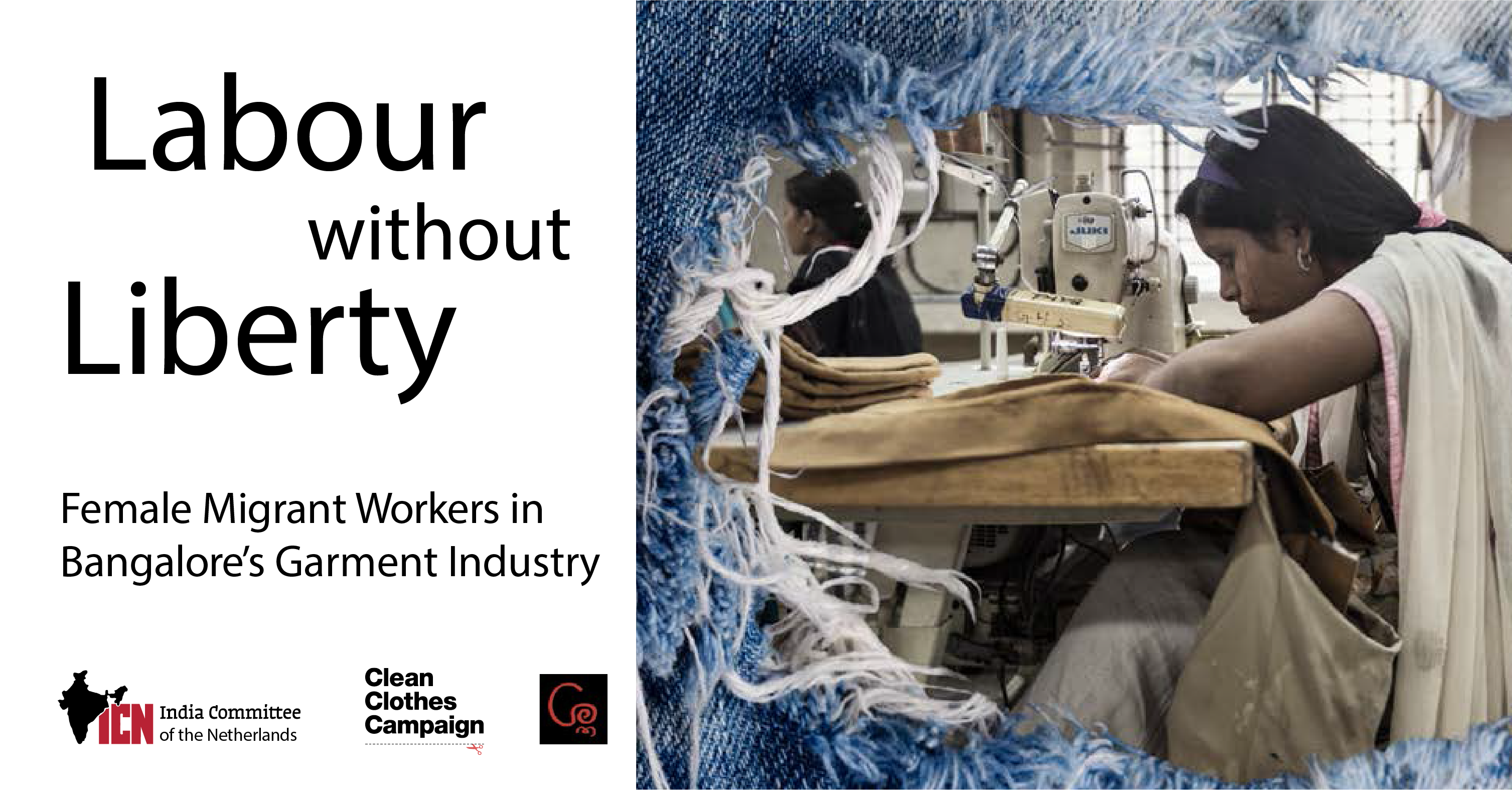Author:
Thomas Bernhardt
The New School – Department of Economics
February 2013
Capturing the Gains Working Paper 22
Abstract
This paper applies a parsimonious measurement approach to study how a sample of developing countries have performed in the global apparel industry during the past decade, and particularly after the phase-out of the Multi-Fibre Arrangement (MFA) in 2004, and to trace their economic and social upgrading and downgrading trajectories. It also addresses the question of whether economic upgrading leads to social upgrading and, more generally, investigates the relationship between economic performance and social performance in the apparel sector. This analysis takes a quantitative approach and is based on a narrow set of indicators. While maintaining a rigorous and parsimonious approach to measuring economic and social upgrading using secondary data, the analysis undertaken here also draws on case study literature to embed the findings and provide explanations for the outcomes of this parsimonious approach. Looking at the performance of selected apparel-producing developing countries in the 2000s (and particularly post-MFA), we find there have been not only winners (upgraders) but also quite a number of losers (downgraders). In general, while economic upgrading has been fairly widespread among the countries in our sample, social upgrading has been more difficult to achieve. Conversely, while downgrading also occurred in the economic sphere, it has been far more common in the social realm. Meanwhile, the results of our investigation of the relationship between economic performance and social performance suggest that economic upgrading does not automatically translate into, but seems to be conducive to, social upgrading.
Download
 CPD RMG Study Stitching a better future for Bangladesh
CPD RMG Study Stitching a better future for Bangladesh



